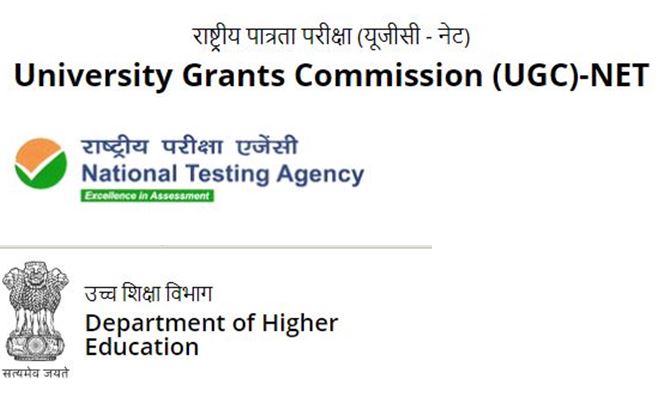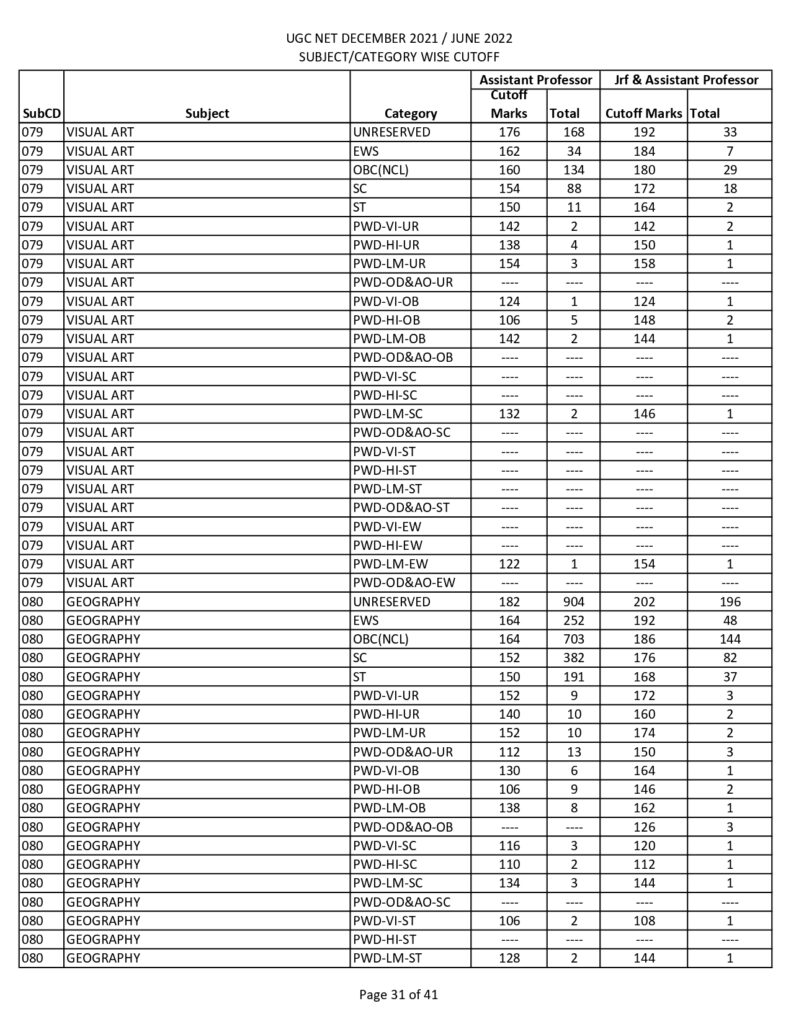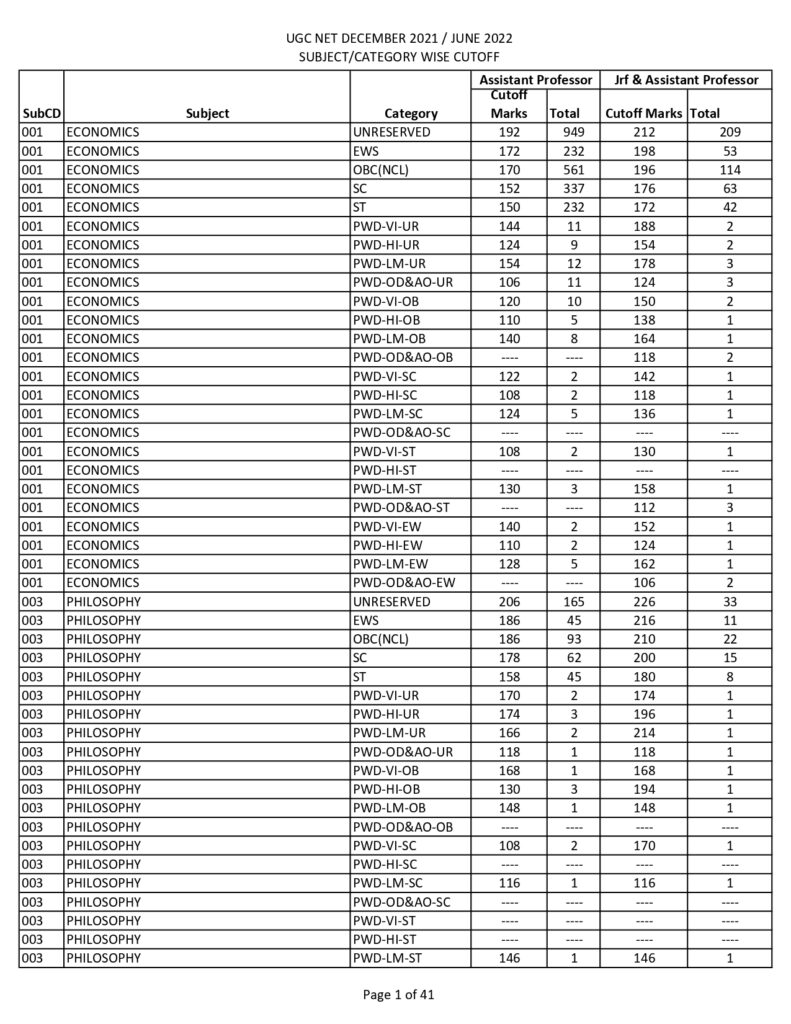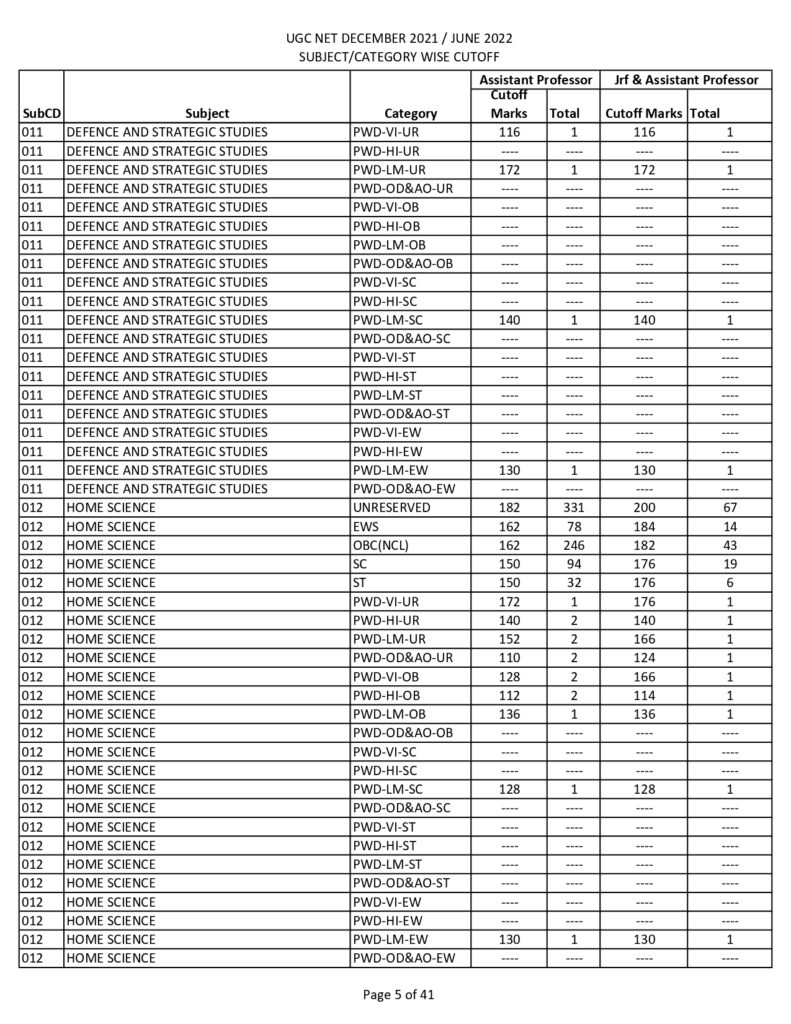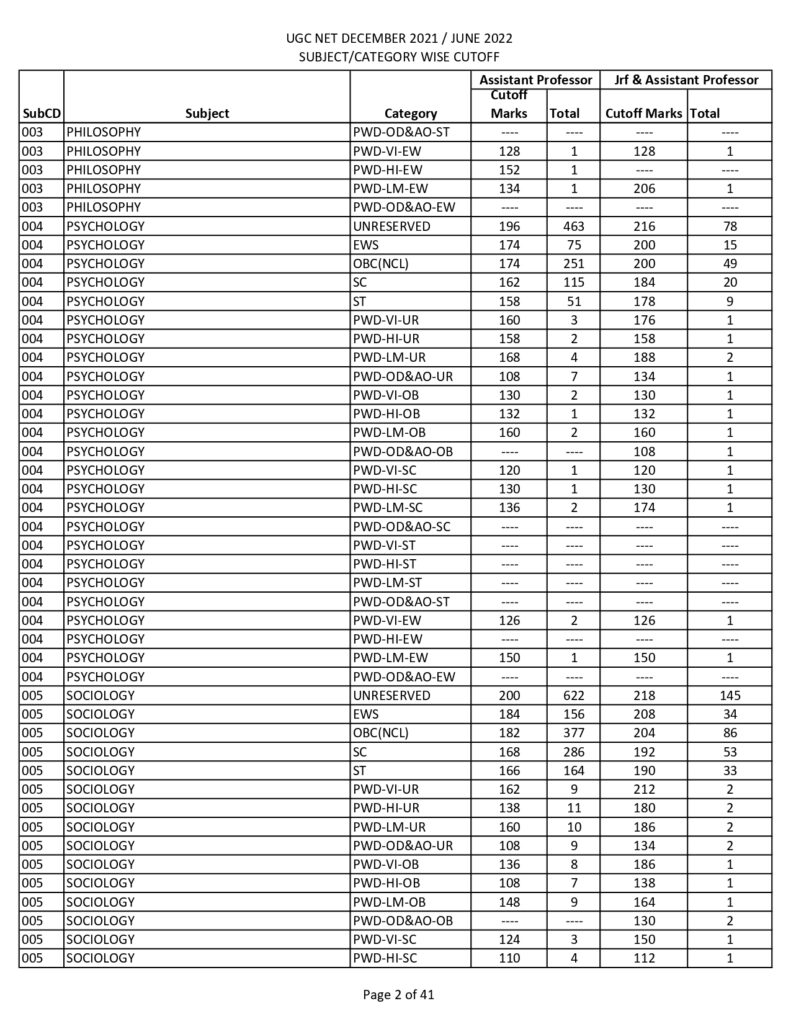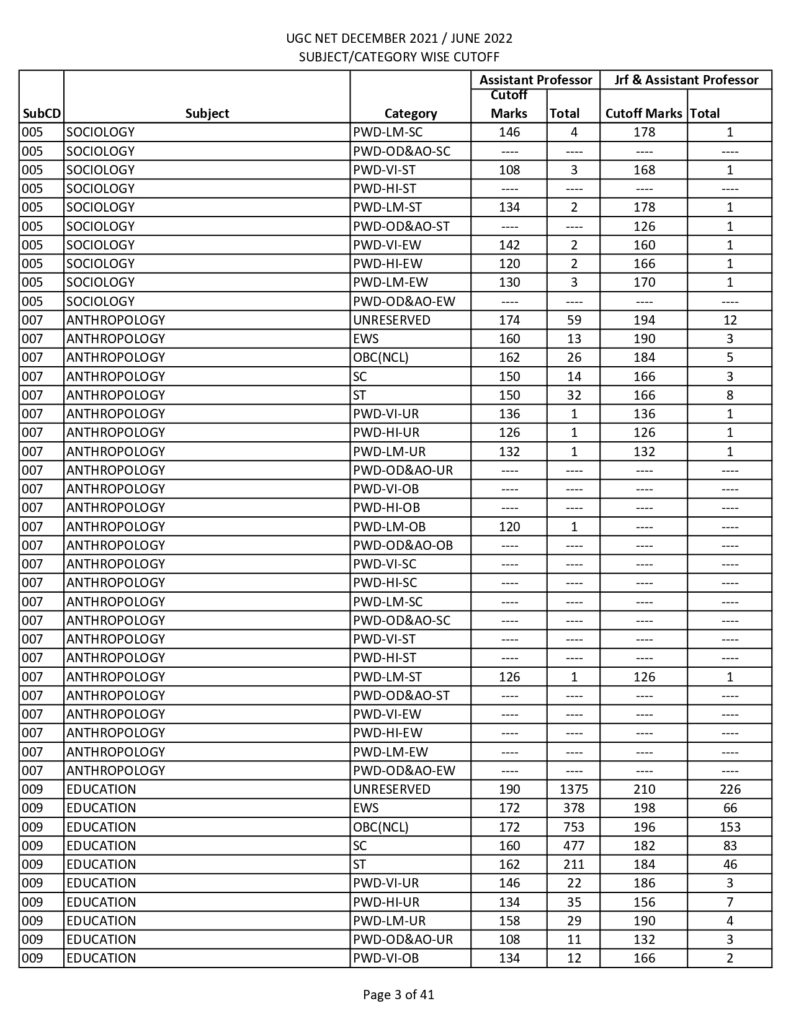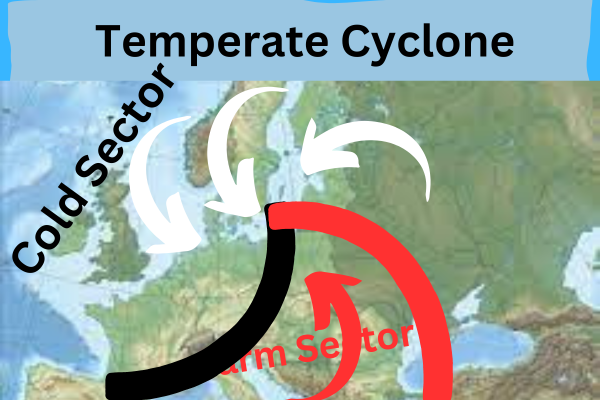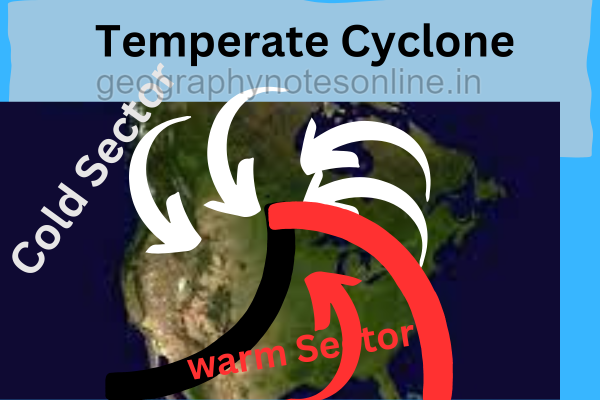Table of Contents

Tornado Watch vs Tornado Warning
Tornado Watch vs Tornado Warning: Understanding the Difference
Tornado Watch vs Tornado Warning. When severe weather strikes, it’s crucial to understand the difference between a tornado watch and a tornado warning. These terms are used by meteorologists to communicate the level of threat posed by tornadoes. In this blog post, we’ll explain the distinctions between a tornado watch and a tornado warning, helping you stay informed and take appropriate actions to stay safe.
US TORNADO WARNING WEBSITE https://www.tornadohq.com/
Tornado Watch:
- Meaning: A tornado watch indicates that weather conditions are conducive to tornado formation within the designated area and time period.
- Duration: Watches typically cover a large geographic area and can last several hours.
- Preparedness: During a watch, it’s important to remain vigilant and stay informed about the weather conditions. Keep an eye on weather forecasts, listen to local news or weather radio, and be ready to take shelter if necessary.
- Activities: Engage in monitoring weather updates, securing loose outdoor objects, and reviewing your family’s emergency plan.
Tornado Warning:
- Meaning: A tornado warning is issued when a tornado has been detected by radar or reported by spotters on the ground. It signifies an imminent threat to life and property.
- Duration: Warnings cover a smaller and more specific area, usually a county or part of a county. They are typically shorter in duration, ranging from a few minutes to an hour.
- Preparedness: When a warning is issued, immediate action is necessary. Seek shelter in a safe location, such as a basement, storm cellar, or an interior room on the lowest level of your home. Stay tuned to local news or weather updates for the latest information.
- Activities: Take shelter, ensure everyone is aware of the situation, and follow your emergency plan. Avoid windows and protect yourself by covering with a mattress or heavy blankets.
Conclusion:
Understanding the distinction between a tornado watch and a tornado warning is crucial for personal safety during severe weather events. A tornado watch implies that conditions are favorable for tornado formation, prompting vigilance and preparedness. In contrast, a tornado warning indicates an immediate threat and requires immediate action to seek shelter. By staying informed, having a plan in place, and following the guidance of local authorities, you can effectively protect yourself and your loved ones in the face of tornadoes. Stay safe!

 15/05/2023 Interview Letter for Sub Inspector Comb. Comp. Exam – 2021
15/05/2023 Interview Letter for Sub Inspector Comb. Comp. Exam – 2021